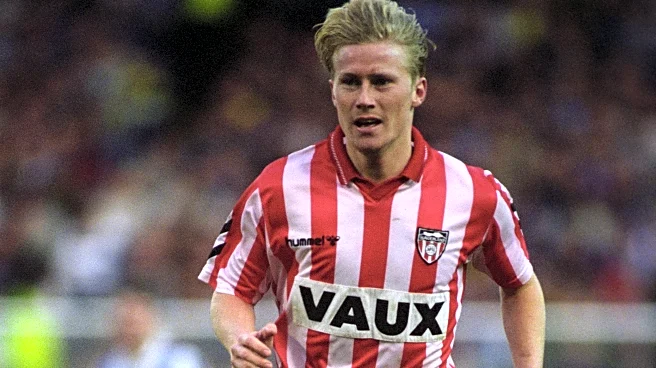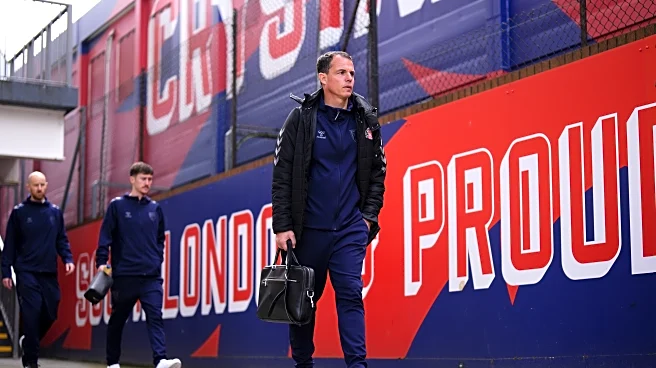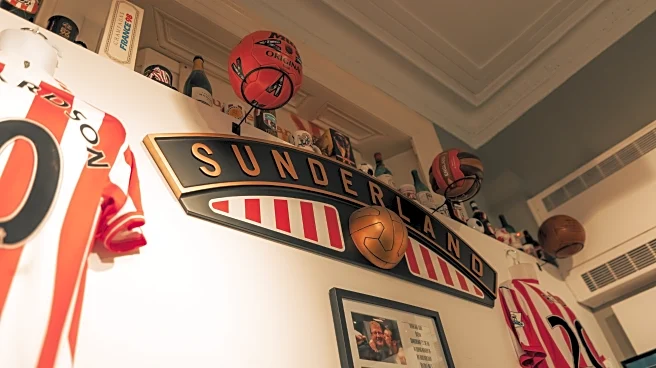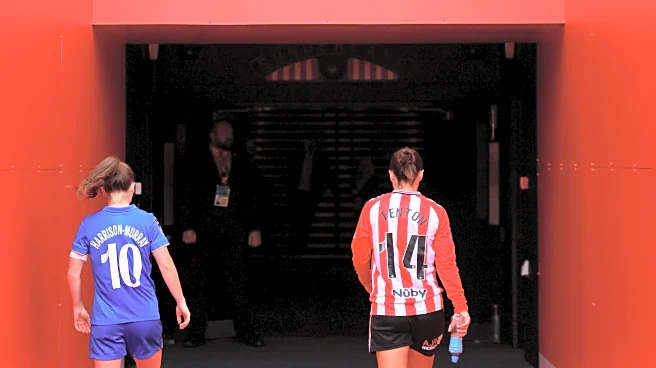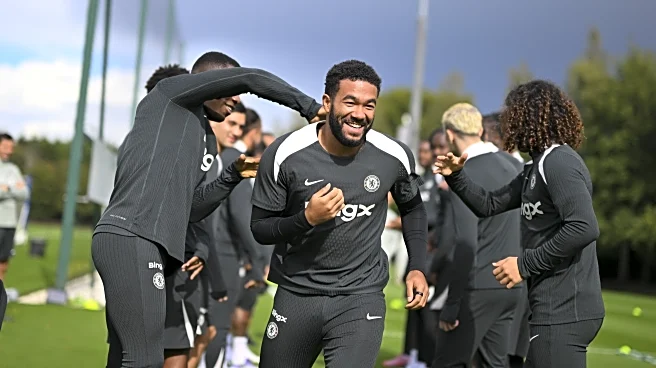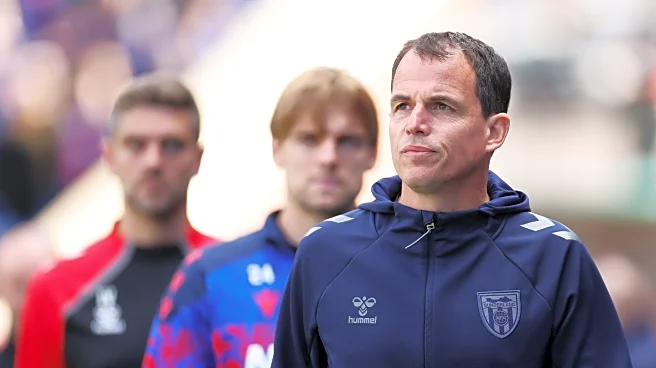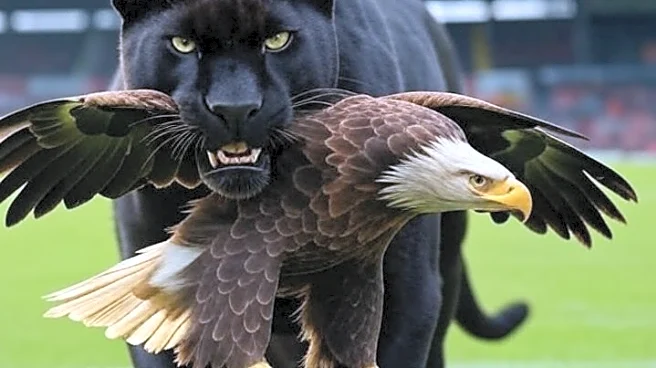Signed from Crusaders in 1958, promising striker Ian Lawther made his Football League bow for Sunderland in late August 1959.
Alan Brown brought him into the side at the start of a hectic run of fixtures, and the youngster was quickly able to find his feet, scoring a winner against Swansea Town in his second appearance and showing enough potential to suggest that in time, he could develop into a top class forward.
However, it was to be in his fifth outing that he really made his mark, when barely a fortnight
after his debut, he played so well against Sheffield United that he went from being ‘one for the future’ in the eyes of many supporters to a favourite fully deserving of a continual starting place.
Of course, it helped that with the club still trying to get to grips with the second tier following an ignominious first ever relegation in 1958, Lawther was full of running and brought some energy to the team, but with each passing game he was showing himself to have more than just legs — he also had spatial awareness and a finisher’s instinct, as the Blades found out to their cost.
The two sides had already met seven days earlier and having won in Yorkshire, the Rokerites now had the chance to secure an early double. That we then did so was largely because a roaming Lawther popped up all over the pitch and started many fine moves, proving impossible to mark and having a hand in all five goals as Sunderland unexpectedly went nap for the first time in over two years.
Both Brown and trainer George Curtis had been keen to blood Lawther for some time and watched on with pride as the new face pulled the strings. However, this was by no means a one-man show.
Stan Anderson gave a captain’s performance whilst Jimmy McNab and Len Ashurst were both on top form. Meanwhile, further up the pitch, Amby Fogarty and Colin Grainger were revelling in the newly-found attacking flair Lawther was helping to kindle.

Sunderland-born England international Ernie Taylor — who’d made his name elsewhere before joining his hometown club — opened the scoring midway through the first half and from that point on, United’s resistance melted away. Fogarty extended the lead before the break and even after an injury had forced Charlie Hurley off the pitch for a period of treatment, the hosts remained in full control.
Hurley was able to be sent back out but the ankle injury he’d sustained forced a reshuffle at the back. Thankfully, forwards needed little instruction and once the Black Cats were back to full strength, John Fraser repaid the favour on behalf of his teammates, crossing for Lawther to thump the ball home from fourteen yards out.
Taylor then got his second of the evening, and whilst Willie Hamilton was able to respond for the visitors seconds later, it proved to be nothing but a consolation and the man of the moment was still able to help add some sheen at the end.
Lawther had shown no signs of slowing down and in the 89th minute, he appeared out on the right, from where he raced towards the byline and pulled the ball back smartly for Taylor, who although unable to complete a hat trick, did the next best thing and after evading a tackle in the box, he teed up Grainger for an emphatic finish that underlined Sunderland’s superiority.
Unfortunately, what could’ve been a platform for further progress soon faded, as with Hurley unable to play, three days later we fell to a heavy defeat at Ipswich Town and started sliding down the table.
The points won against Sheffield United had put us in a season-high seventh place, but it was largely a season of struggle. However, for his part, Lawther proved to be a rare bright spot and unsurprisingly he finished as top scorer by a fair margin.
Wednesday 16 September 1959
Roker Park
Attendance: 27,451
Football League Division Two
Sunderland 5 (Taylor 23’, 61’, Fogarty 37’, Lawther 52’, Grainger 88’)
Sheffield United (Hamilton 62’)
Sunderland: Thorpe, Murray, Hall; Thomson, Clarke, Hastings; Davis, Carter, Gurney; Gallacher, Connor

